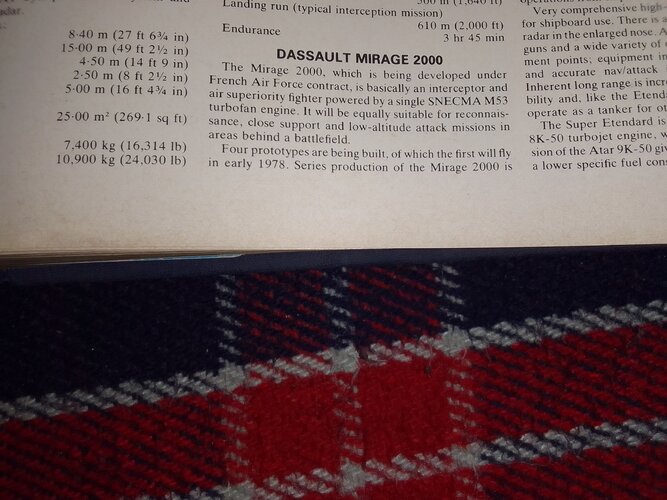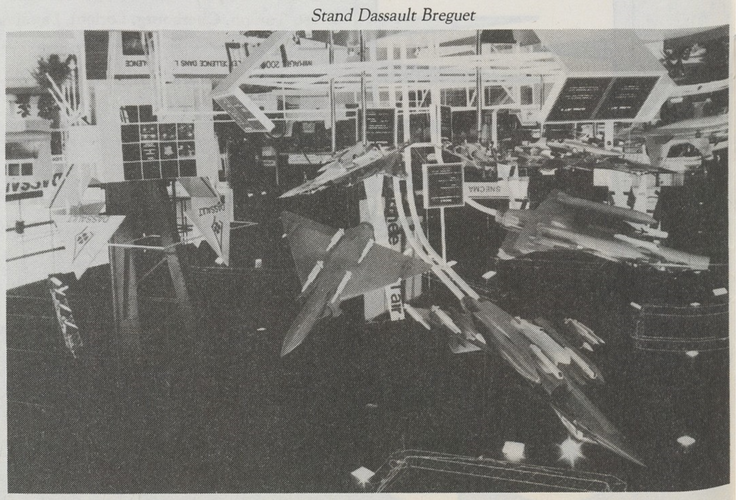sgeorges4
I really should change my personal text
- Joined
- 8 October 2017
- Messages
- 665
- Reaction score
- 334
Hello, I'm looking for informtion in its development but can't find any on internet, no drawing for the delta 2000 projeect or the cosntructor/windturbine model.
Thanks for your answer! I want to turn a revell mirage 2000 in a project due to its innacuracies
Thanks for your answer! I want to turn a revell mirage 2000 in a project due to its innacuracies







